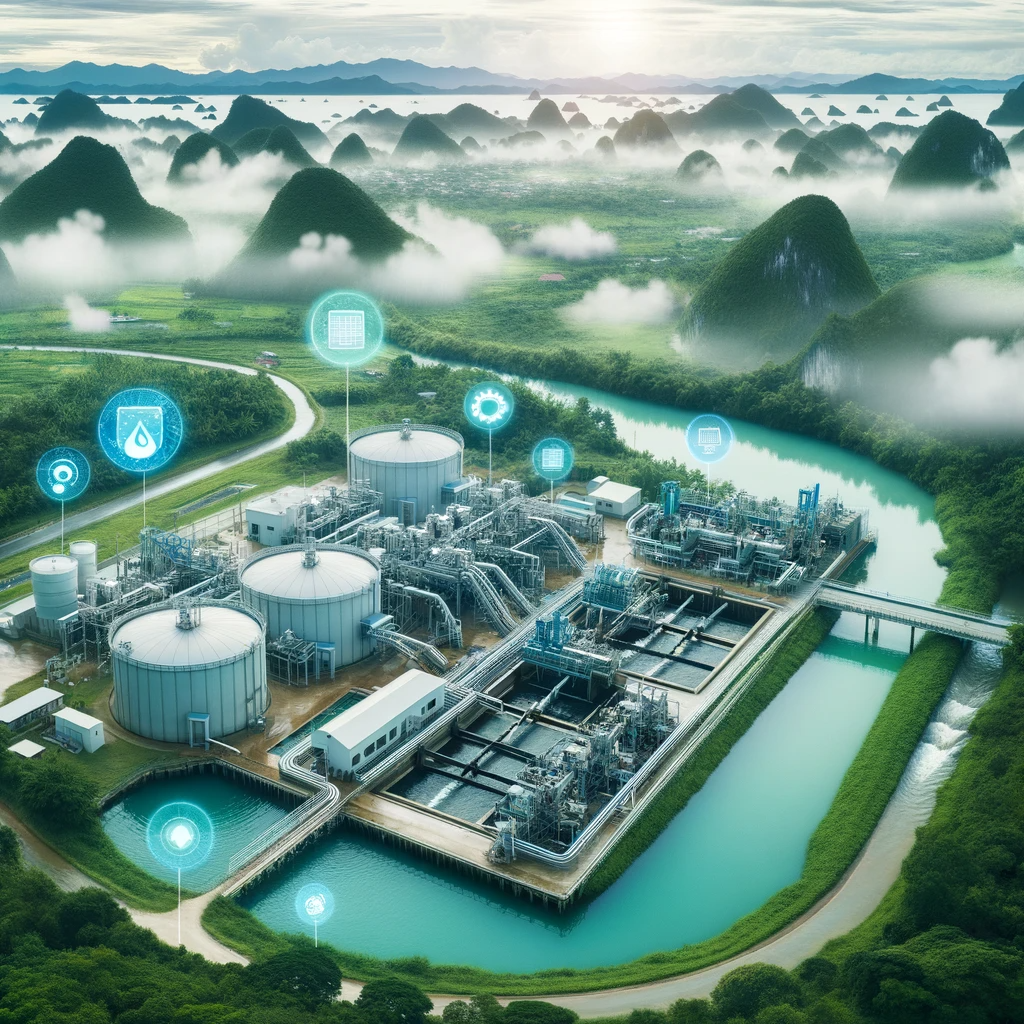In our rapidly evolving world, understanding the intricacies of waste water supply becomes paramount. As environmental concerns grow, so does the need for efficient and sustainable waste water management. This article dives deep into the world of waste water supply, shedding light on its importance, processes, and the potential for a greener future.

What is Waste Water Supply?
Waste water, often referred to as sewage, comprises water that has been used in homes, industries, and businesses and can no longer be consumed without treatment. The supply, in this context, refers to the systems and processes in place to manage, treat, and recycle this water.
The Journey of Waste Water: From Drain to Reuse
- Collection: Waste water first enters the sewage system through drains from homes, factories, and other establishments.
- Treatment: It then goes to treatment plants where contaminants are removed, making the water safe for releasing into natural water bodies or for reuse.
- Disposal or Reuse: Post-treatment, the water can be safely discharged or repurposed for activities like irrigation.
Why is Waste Water Management Crucial?
- Environmental Protection: Untreated waste water can harm aquatic life and contaminate freshwater sources.
- Human Health: Proper treatment prevents the spread of diseases.
- Economic Benefits: Reusing treated water can reduce the demand on freshwater resources, saving costs in the long run.
Modern Technologies in Waste Water Treatment
The waste water supply industry is embracing cutting-edge technologies. Some of these include:
- Membrane Bioreactors: Combines membrane processes like microfiltration with a biological process for efficient waste water treatment.
- Advanced Oxidation Processes: Use of chemicals or UV light to break down pollutants.
- AI and IoT: For real-time monitoring and predictive maintenance of waste water systems.
The Future: Sustainable Waste Water Systems
The concept of circular economy is making waves in the waste water industry. By viewing waste water not as waste, but as a valuable resource, we can:
- Harvest Nutrients: Extract valuable nutrients like phosphorus and nitrogen for agriculture.
- Generate Energy: Through anaerobic digestion, waste water can produce biogas – a renewable energy source.
- Water Reclamation: Treated water can replenish aquifers or serve industrial and agricultural needs.
Barriers and Solutions
While the potential is vast, challenges persist. Infrastructure costs, public perception, and regulatory hurdles can impede progress. However, with increased public awareness, government incentives, and technological advancements, these barriers are gradually diminishing.
Conclusion
Waste water supply, far from being a mundane subject, is at the forefront of global sustainability efforts. By investing in advanced treatment technologies and embracing the concept of waste water as a resource, we can ensure a cleaner, greener future for generations to come.